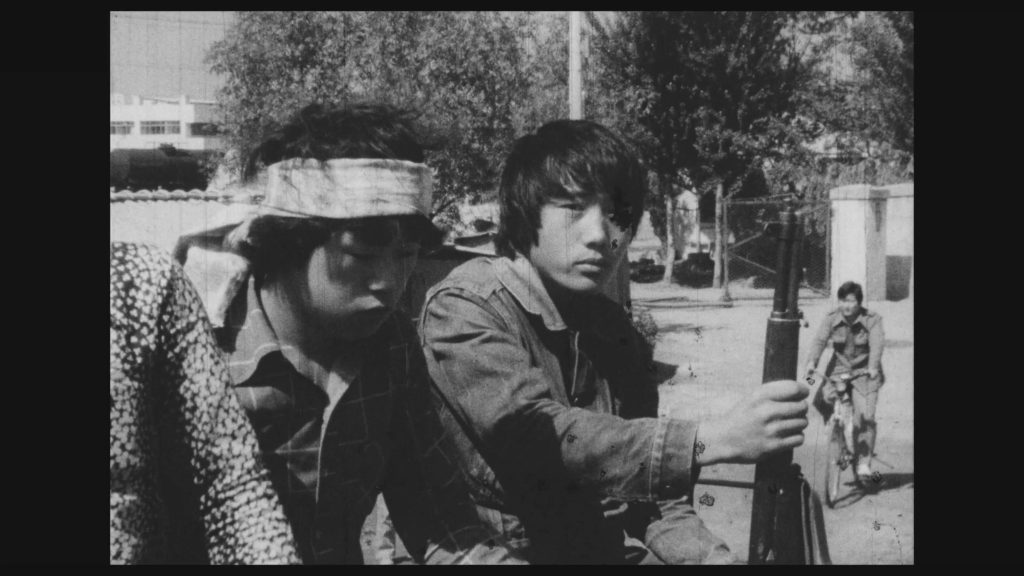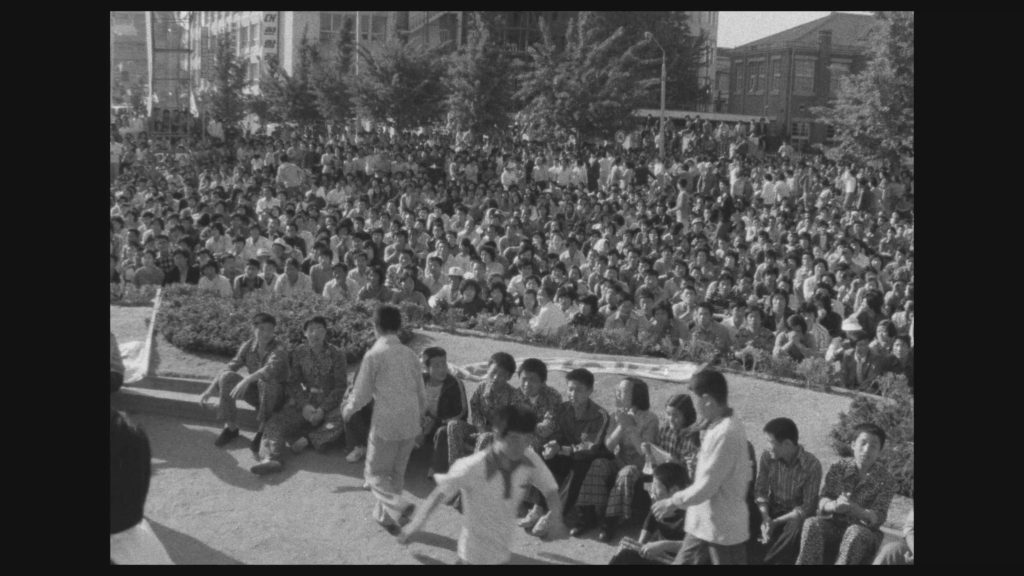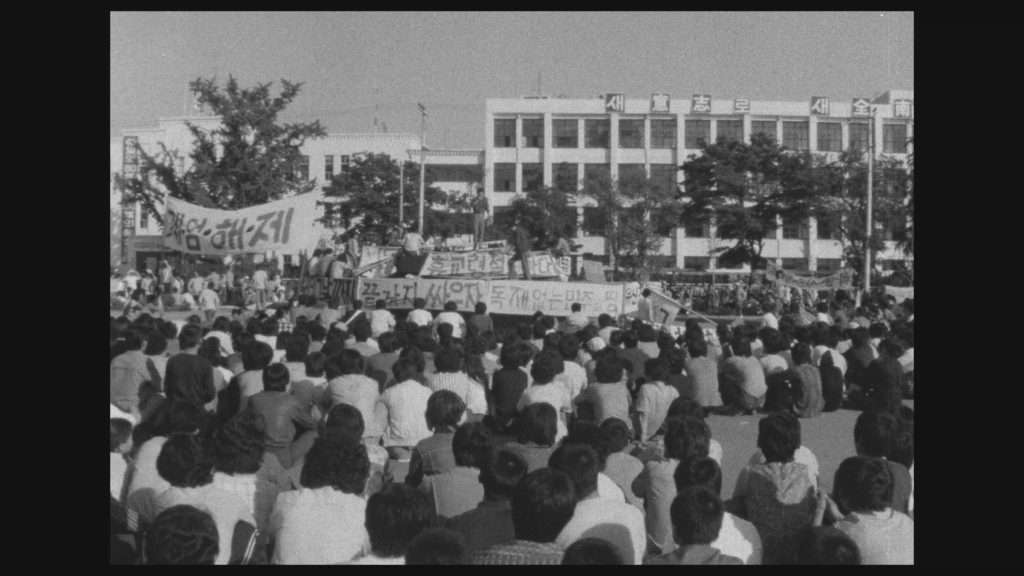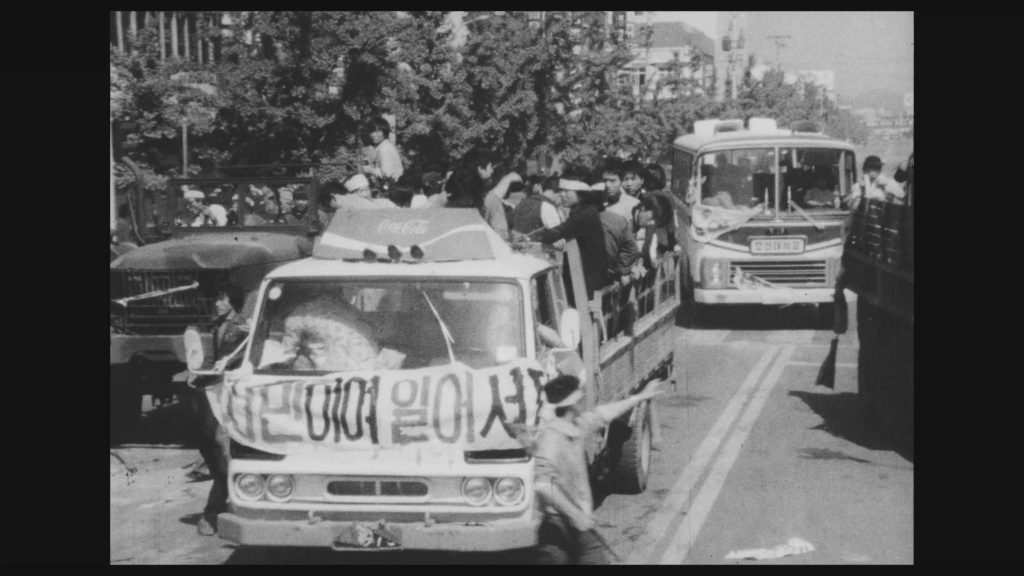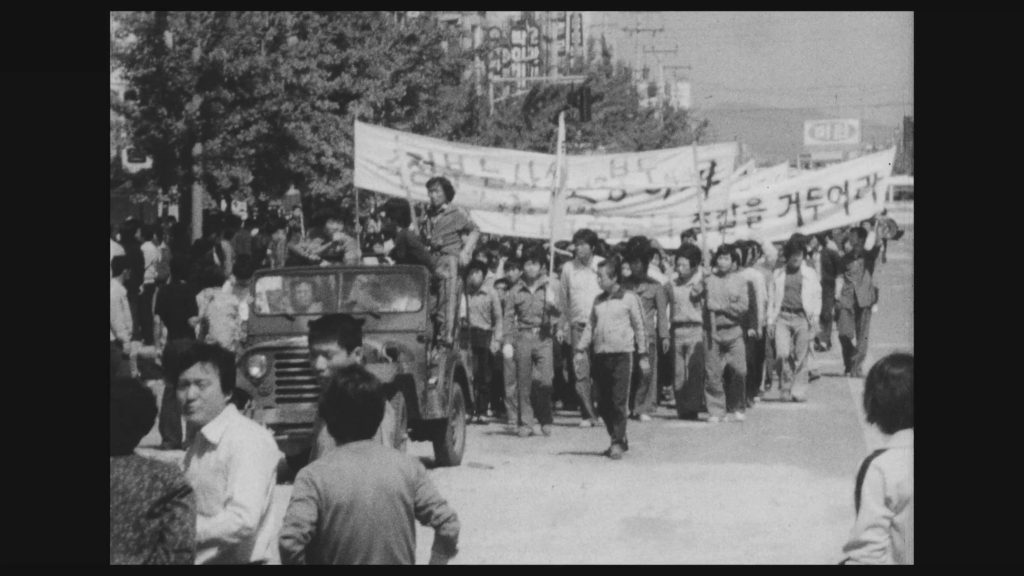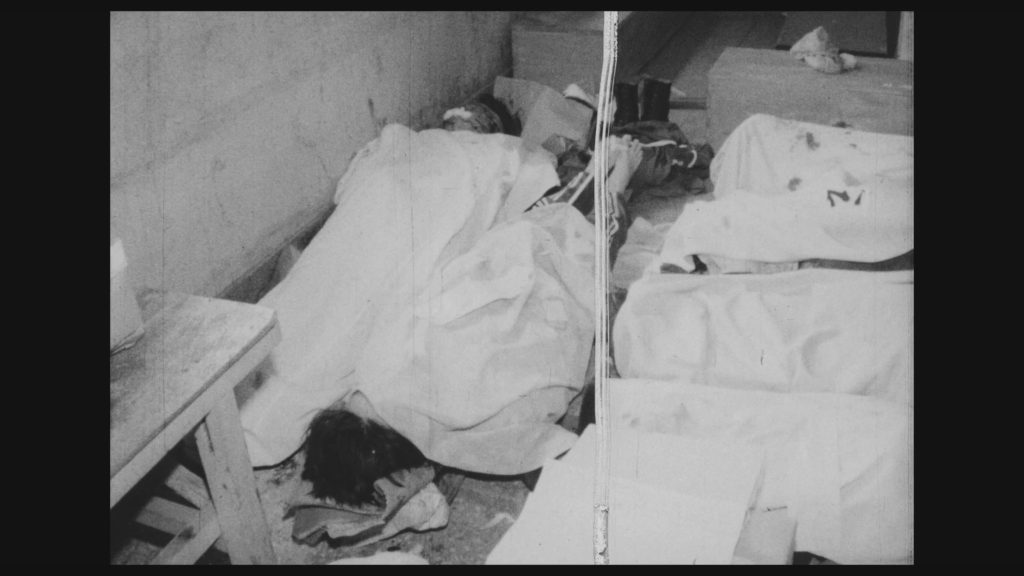MAY 18
Text by Dr. David E. Shaffer.
Photographs courtesy of the 5.18 Archives.
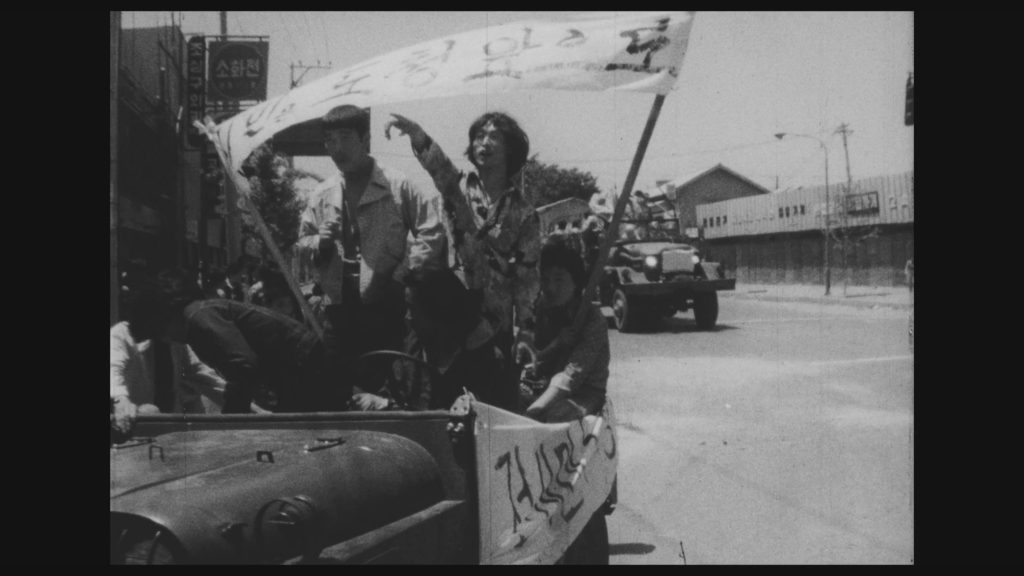
May 18, 1980 – a date etched in the memories of those who lived through this dark spot in the history of this city and the nation, and a date readily recalled by many others in Gwangju and Jeollanam-do, in the Republic of Korea, and beyond. These eighteen photographs are but snapshots in ten continuous days of turmoil in the “City of Light,” a city that had its light dimmed and its communications cut off to the outside world by the merciless implementation of martial law.
These photos depict the initial protests against the announcement of martial law and the arrest of pro-democracy figures, followed by the “capture” of protesters by martial law troops. The wrath of the citizenry against the brutality of troops is witnessed in the magnitude of the rallies and the street procession of buses and taxis. The firing on crowds by martial law troops led to the citizens arming themselves, which led to more bloodshed on the streets of Gwangju. Many lives were lost, culminating in the martial law troops’ final assault on and taking of the Provincial Office building, where armed protesters made their last stand on Day 10. What remained was to bury the hundreds who had perished during those ten turbulent days of May.
But Gwangju remembers. Gwangju remembers what took place during those ten days of tumult. Gwangju remembers those lives lost and buried in the May 18 National Cemetery. And Gwangju takes great pride in being a spark that has ultimately led to the democratization that present-day Korea enjoys.
